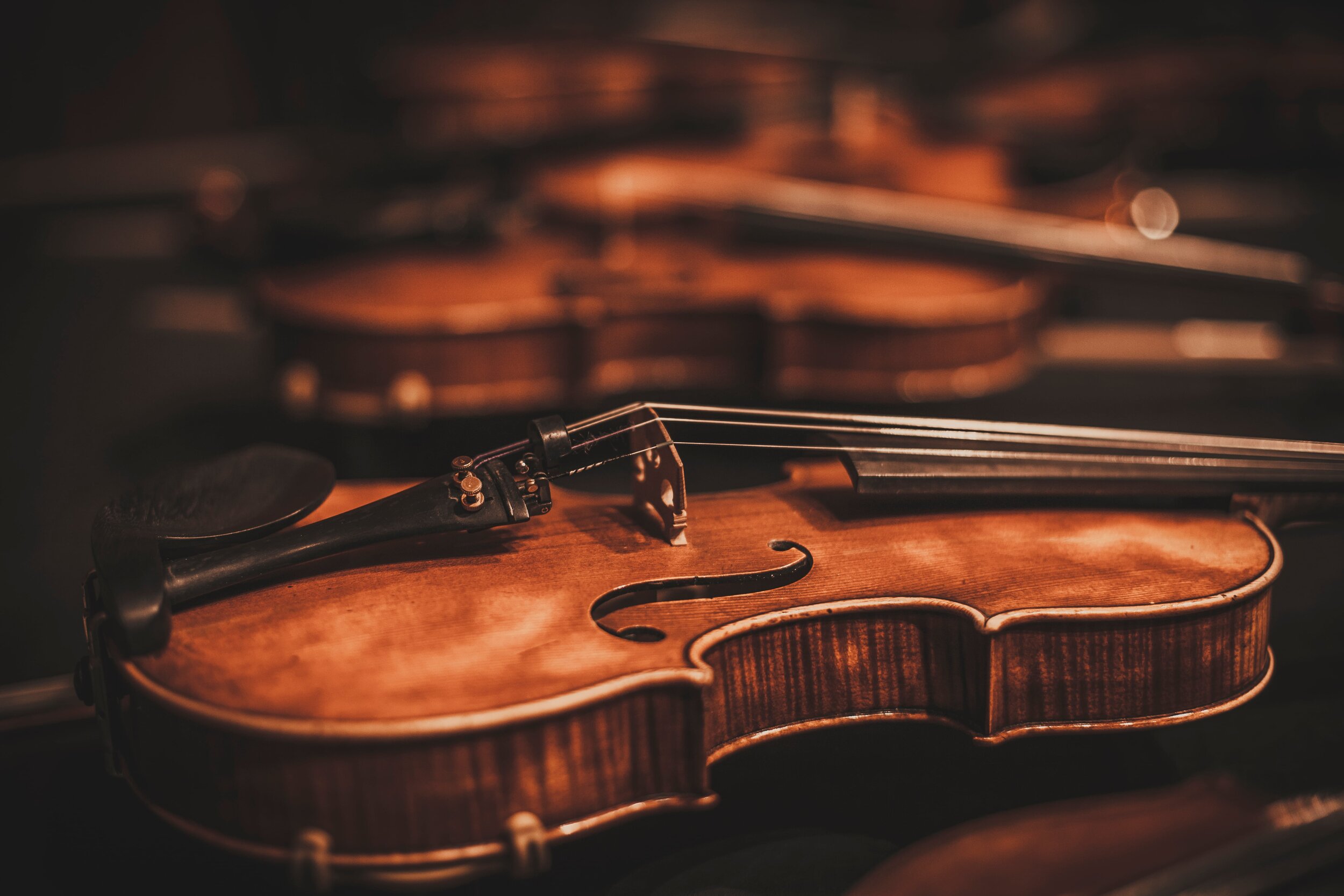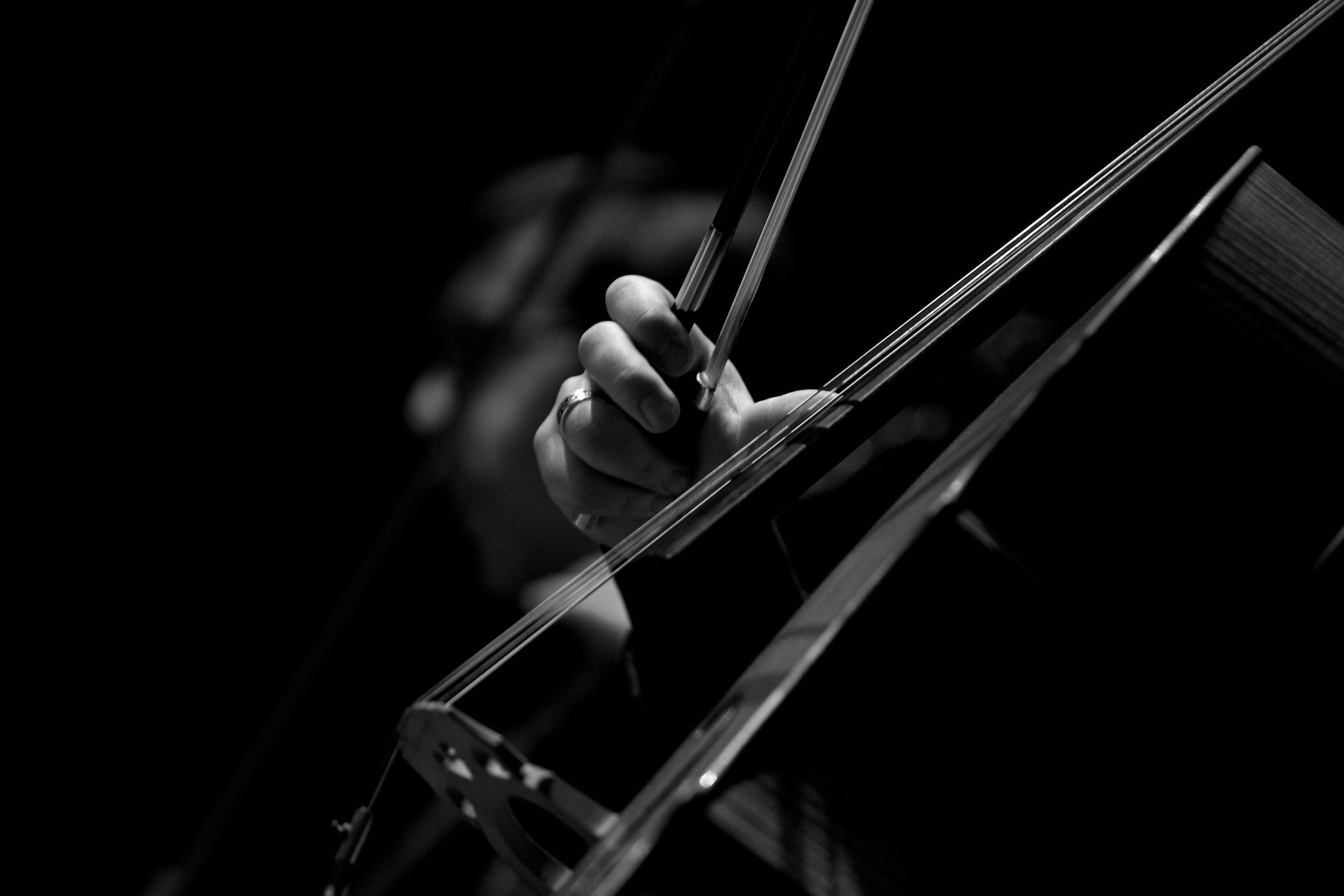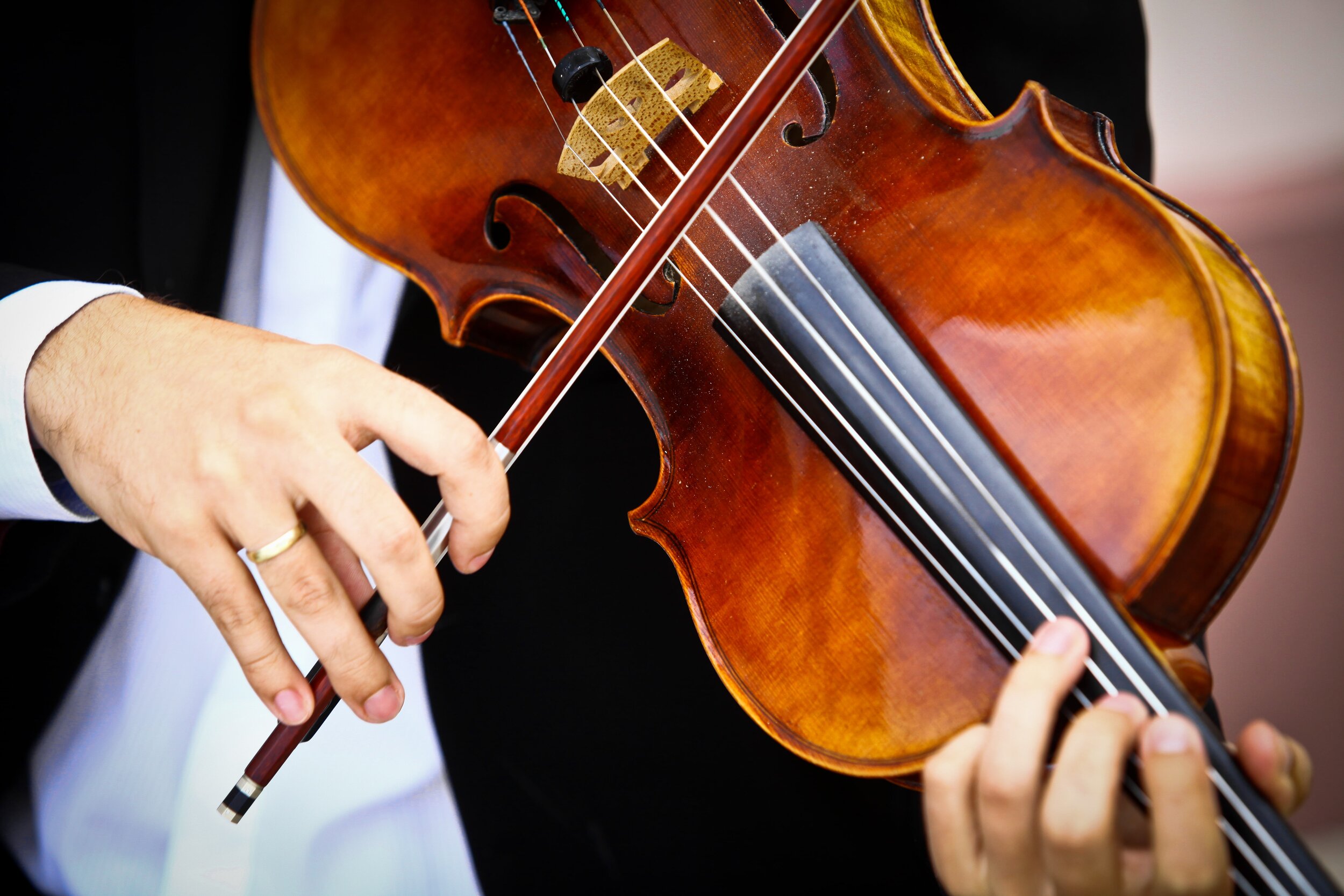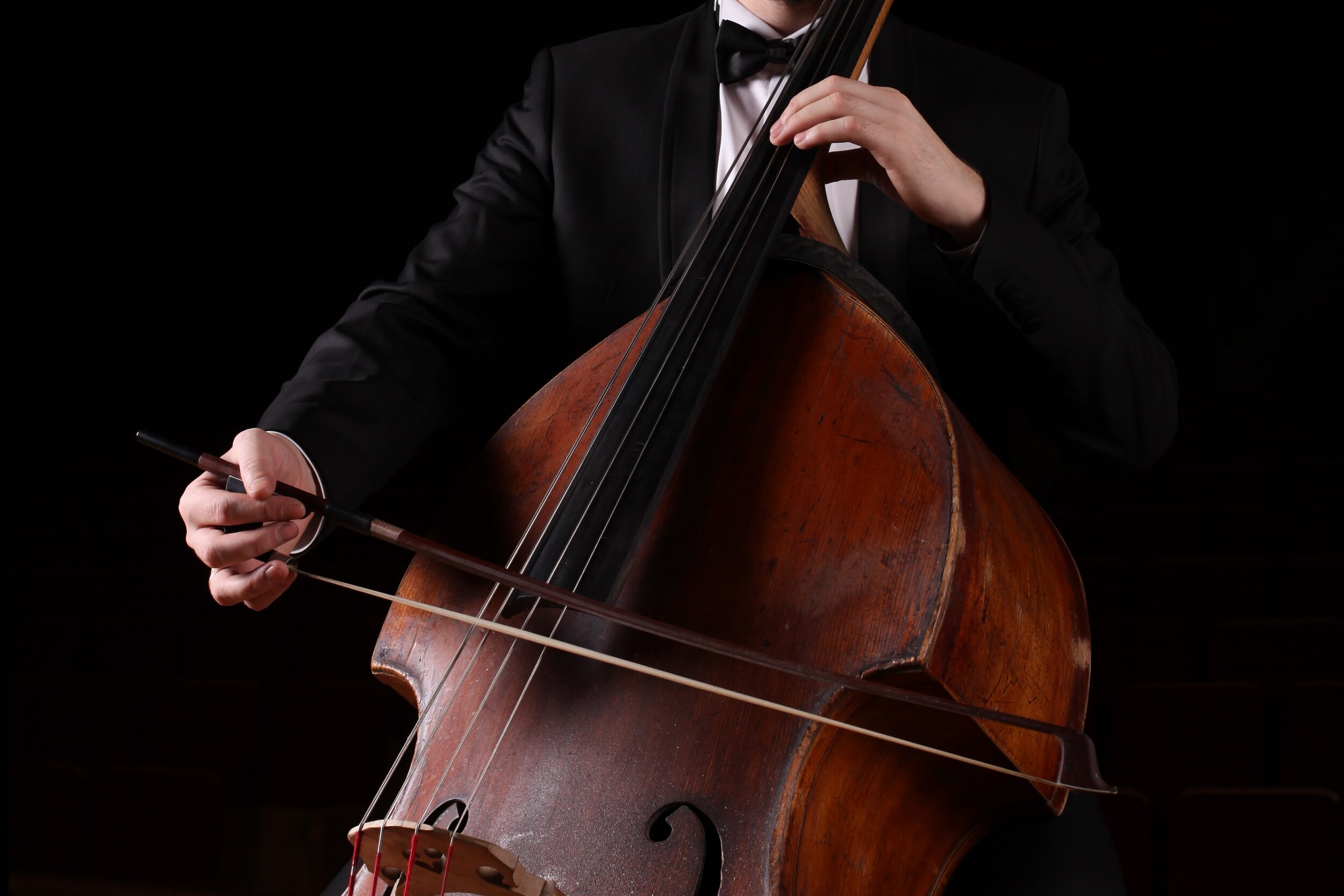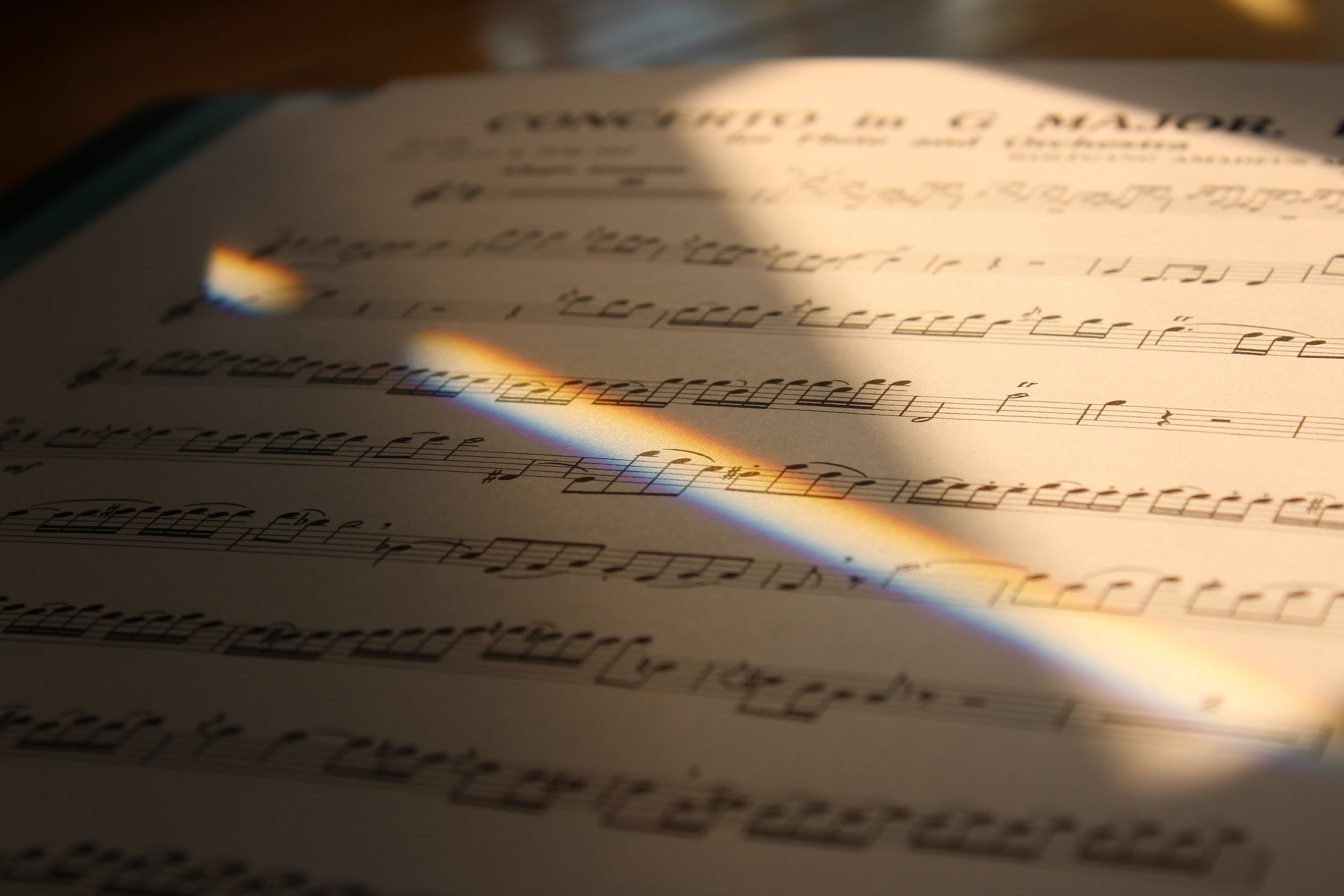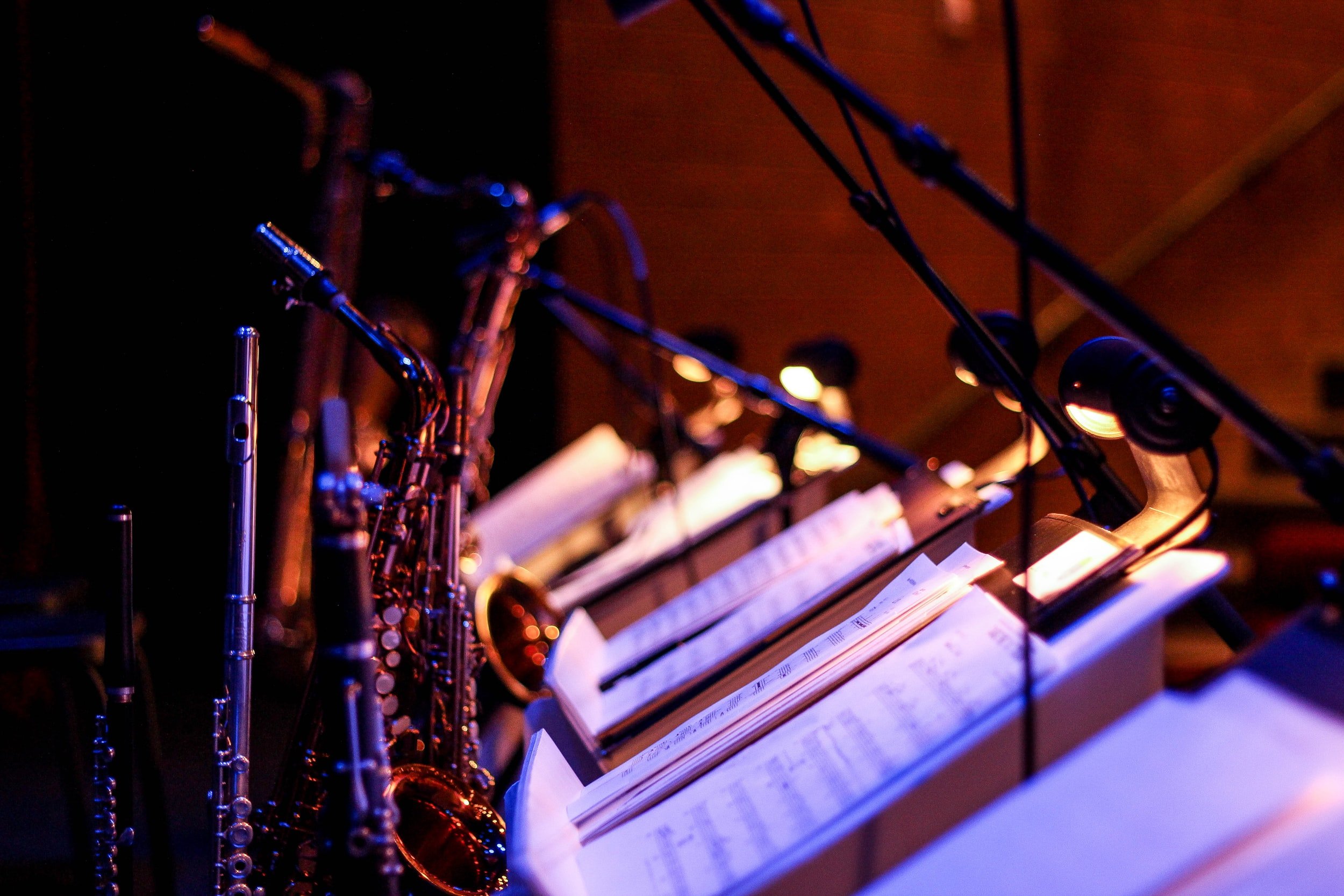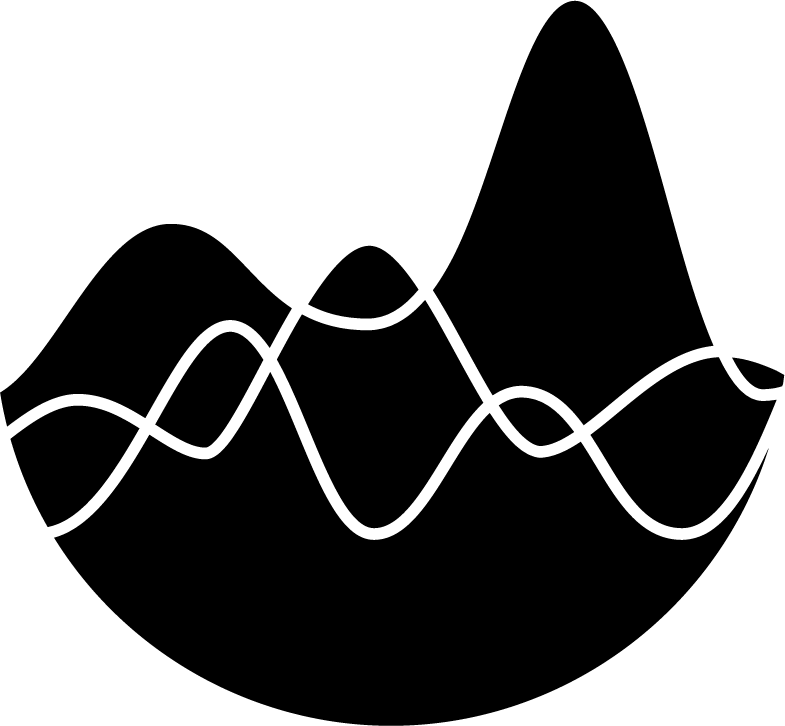Bowed Strings | Violin
Bowed Strings | Violin
Extreme Orchestration
by Don Freund and David CutlerPublished: February 2024
Violin
THE VIOLIN.
The violin is the smallest and highest of the bowed strings. Placed under the chin, supported by the left shoulder, and held by the left hand, the violin is:
the most agile and responsive string instrument.
capable of everything from brilliant, virtuosic passages to sustained, lyrical melodies.
able to perform rapid leaps, scales, arpeggios, trills, tremolos, glissandos, and all the techniques discussed in this chapter.
capable of a wide dynamic range.
particularly bright in the upper register.
No other string instrument, and indeed few, if any, instruments in Western music, shares the vast tradition and amount of literature that has been written for the violin. For hundreds of years there has been a tradition to push the limits of this instrument, and as a result, violinists are held up to the highest standards of performance.
The violin generally takes the soprano role of the strings, though it is possible to score violin below viola, or even upper register cello. In most ensembles, orchestral or chamber, there are two violin parts, labeled violin I and violin II. Both parts play identical instruments, but the first violin is usually higher than the second part.

